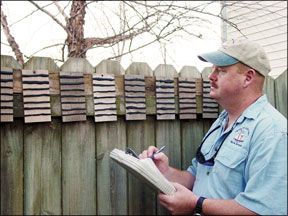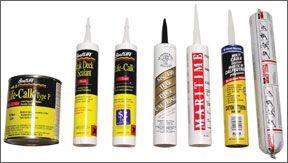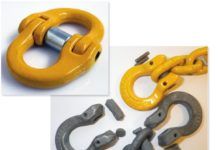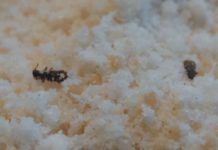Teak decks can last a century, if theyre properly cared for, and a major factor in successful teak deck maintenance is choosing the right caulk-and applying it correctly. In June 2006, testers applied seven caulks used for teak deck seams to test panels. The products: Simson MSR (Marine Special Range) Deck Caulk Plus, Maritime Teak Deck Caulking, Teakdecking Systems SIS 440 Teak Deck Caulking, West Marines Multi Caulk Sealant, and three from BoatLIFE (Life-Caulk, Teak Deck Sealant, and Life-Calk Type P). We rated each for ease of application in the September 2006 issue, so after eight months, its time to take a look at their durability, adhesiveness, and resistance to chemicals. *** In June of 2006, we began our evaluation of seven caulks advertised for use in teak deck seams: Simson MSR (Marine Special Range) Deck Caulk Plus, Maritime Teak Deck Caulking, Teakdecking Systems SIS 440 Teak Deck Caulking, West Marines Multi Caulk Sealant, and three from BoatLIFE (Life-Caulk, Teak Deck Sealant, and Life-Calk Type P). The test group was a mix of polysulfide-, polyether-, Silyl Modified Polymer- (SMP), and silicone-based products, as well as both one- and two-part products. Testing Tests were designed to comparatively evaluate each caulks ease of application, 288 durability, adhesiveness, and resistance to chemicals. We discussed the products ease of application in the September 2006 issue, so this and future updates will deal with durability, chemical resistance, and adhesion test results. Durability To compare durability, we applied the products, following manufacturers instructions, to seven 9-inch-long, 2-inch-wide, half-inch-thick teak planks that each contained a single square seam -inch-wide and -inch-deep running the length of the plank. After 14 days cure time, the panels were placed outdoors and fully exposed to the weather. We inspected them in January, eight months after placing them outside, to see how well each product was holding up. Results
While all of the products have held up equally well so far, we did notice some differences. Some of the caulks seem more pliable than the others. Our softest caulk, the West Marine Multi-Caulk, had the resilience of a neoprene wetsuit, while

288
our hardest caulk, the BoatLIFE Life Caulk, was slightly firmer than a pencil eraser. However, all had more than enough flex to handle joint expansion, so this observation may have little bearing on our results.
Chemical resistance
The goal here is to see how well each caulk holds up to chemicals one could reasonably expect a teak deck to be exposed to during its lifetime gasoline, diesel, motor oil, ammonia, household bleach, Cetol marine oil, acetone, Starbrite teak brightener (containing Oxalic acid), WD-40, brush cleaner, Fantastic, Murphys Oil soap, MEK, and a heavy-duty bilge cleaner from West Marine.
We used 16 teak panels (8 inches x 4 inches), each containing a 4-inch-long bead of each caulk tested. Of these, 14 were exposed to a single chemical, while the 15th was alternately exposed to all chemicals used in the test. The 16th panel was exposed to no chemicals. After a two-week curing period, all panels were located outside (fully exposed to the weather) and given the initial dose of their respective chemicals, after which the chemicals were applied bi-monthly and in such quantity as to thoroughly saturate each caulk bead and the test panel surface.
Results
: So far, so good. There are no signs of damage or deterioration on any of the panels at this stage.Adhesion
To test adhesion strength, we mounted seven 2-inch-x-2-inch squares of teak on a 2-foot-long teak plank with walnut sized gobs of each caulk tested, once again following each manufacturers recommendations for surface preparation on new teak. The plank was then set aside for three months to ensure each caulk had plenty of time to fully cure.
Prior to being attached to the plank, each square had an eyebolt fastened through its center and secured via nut and bolt. After the three-month curing period, we braced the plank and suspended 35 pounds from each of the squares for five minutes and observed the results.
Results
: Each caulk-attached square held the suspended weight with no sign of failure.Whats next
Well continue to monitor each plank and report the results in future updates. For chemical resistance testing, we plan to drench the panels in their respective chemicals. Then well embark on some destructive adhesiveness testing applying pressure to each caulked square until the point of failure. Stay tuned.







































Is there any plan to update this?